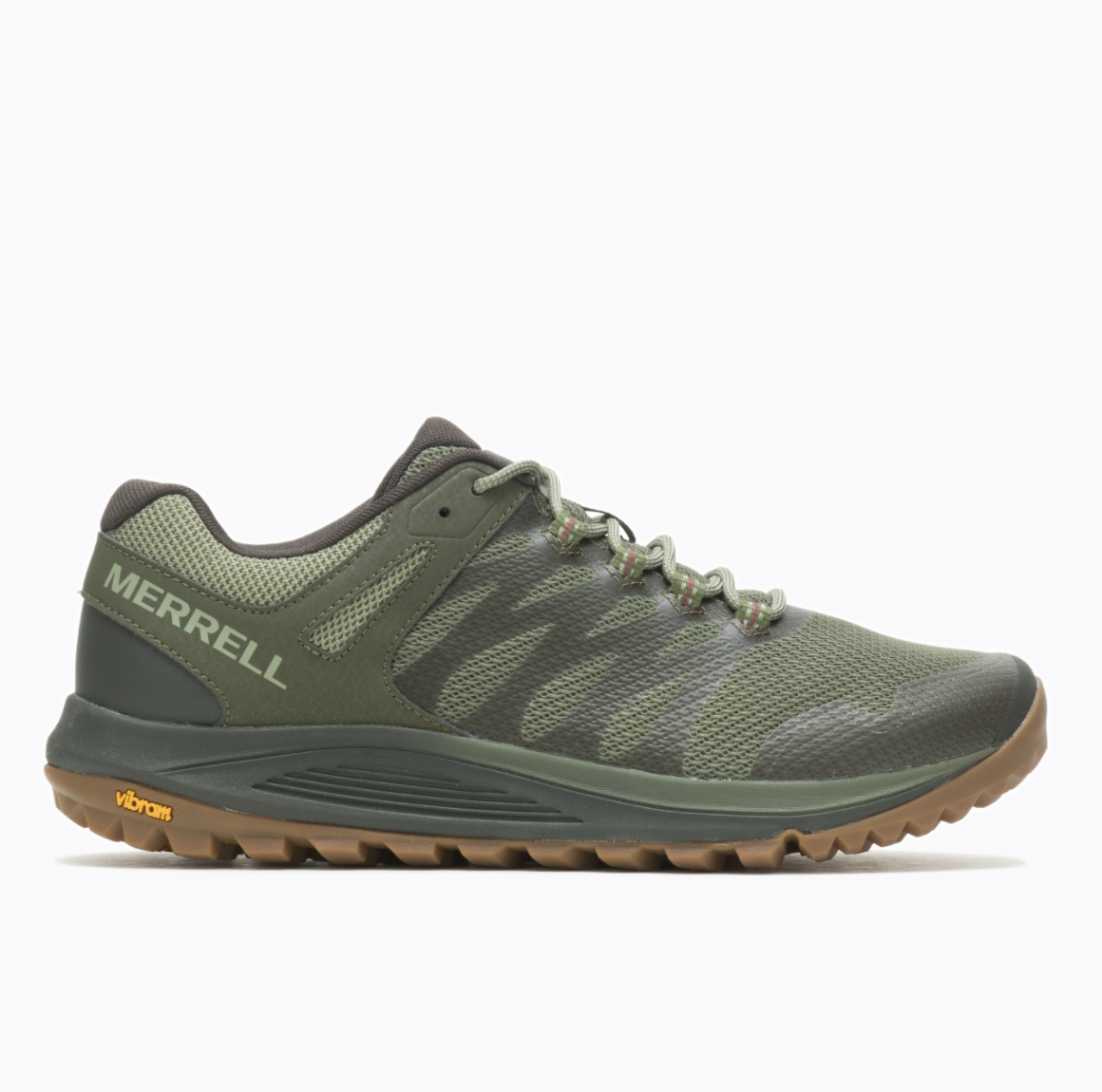Once a matter of life and death, running is now a recreational pursuit for many, from asphalt to concrete to treadmill to trail. And while the motion may be (roughly) the same across all terrains, your footwear choices shouldn’t be.
Road running is the most popular avenue for participants in the activity, but trail running is quickly picking up pace as more and more runners opt to make their miles just a little bit wilder. Catch us outside with the Wild Mild Challenge to go from road to trail.
The category is expected to continue to grow for the foreseeable future and it’s important to understand the functional differences between road running and trail running footwear.

One key difference comes through the construction of the upper (i.e., the top half of the shoe that covers your feet). In road running, it is rare and usually unexpected for the upper to come in contact with anything other than the air around you. On the trail, not so much.
From trailside plant growth to rocks of varying shapes and sizes to all sorts of bio-debris spread throughout your path, the uppers in trail runners must protect your feet while also delivering durability to last for the expected lifetime of a running shoe. Often, trail shoes have reinforced materials around toes that wrap around the lateral and medial sides of the foot to ensure that long-lasting protection. You’ll find that clearly visible in the Long Sky 2.
Additionally, some trail shoes come equipped with special components like d-rings and Velcro tabs to attach gaiters to. Gaiters are protective coverings that attach to the shoes and cover a runner’s ankles, keeping debris out of the shoe while also protecting the upper.
Moving down in the shoes, the midsole construction also varies between road running and trail running shoes. While we do see a similar trend of foam technology exploration and advancement across the running category, as good midsole foam offers a balance of cushion and response which is valuable to all runners, plate technology does differ between the sports.
I’m simplifying a broader conversation here, but overall, there are two types of plates to consider in running shoes – those for underfoot protection and those for promoting energy return. The need for underfoot protection is more unique to trail running and comes in the form of a rock plate. Rock plates help to shield the foot from (you guessed it) rocks (or roots, sticks, and whatever else you might step on in nature). You’ll find a rock plate in shoes such as Nova 2 for men and Antora 2 for women. Road shoes do not have a similar need for this protection. More often in road shoes, plate technology promotes energy return – like the carbon plates we see in super shoes.
Carbon plates in road shoes have proven an effective integration. We all saw Eliud Kipchoge become the first human to run a sub-2-hour marathon in Vienna in 2019 wearing a pair of Nikes with a carbon plate. It’s believed that the benefit to running economy in super shoes comes down to the right ratio of high-performance foam and the carbon plate technology. This benefit though is limited to runners traversing a uniform surface over time. On the trail, the surface is anything but uniform. When lateral agility becomes as important to running gait as traditional running mechanics, the benefits of carbon plates are lost (Gregory, Robert & Axtell, Robert & Robertson, Marc & Lunn, William,2018). The combination of performance foam and lightweight shoes is sure to increase running economy in trail runners, though carbon plate integration may not provide the same benefit as it does on road.
The final key difference between trail and road shoes, and perhaps the most important one, is the design of the outsole. The outsole of a shoe is the rubber material and design underneath the shoe that directly touches the surface you’re running on. Because road running occurs on a uniform surface, outsole designs for road shoes don’t have to account for many variations in terrain. The opposite is true on the trail. Trail shoes feature varying outsole designs with different lug depths and patterns to account for changing conditions.

When running on trail, it is important to feel secure and sure-footed while running across a constantly changing terrain. Road shoes are not designed to handle this and put runners at risk of injury when using road shoes for trail running.
Overall, having a good pair of shoes is really all you need to run. However, when it comes to road running vs trail running, there are important benefits that trail running shoes offer specifically to more natural terrains that road running shoes just don’t have.
- From more durable materials in the upper
- Differentiated midsole technology to benefit the running economy
- Outsole materials, designs, and patterns
A trail running experience will be better (and safer) when using shoes specific to trail running.
